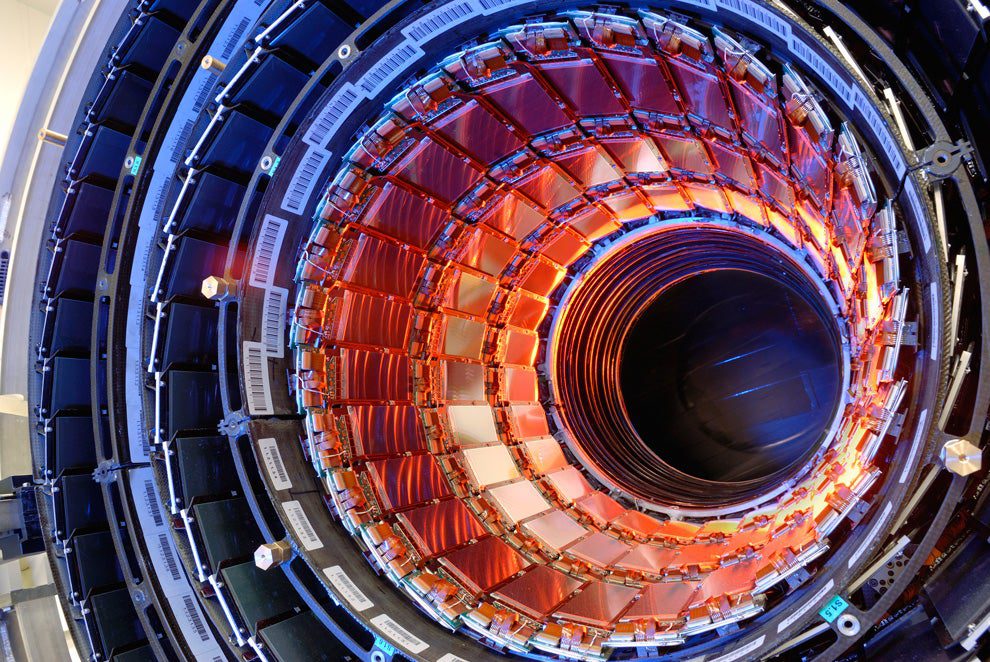The Large Hadron Collider has been coming along in fits and starts, but the European Organization for Nuclear Research plans to begin colliding the highest energy proton beams ever conjured tomorrow, heralding a new era of science and discovery. If it works, that is.
The LHC has been set back by mechanical failure and even breakdown-by-baguette after a bird dropped a bread crust into an exterior piece of machinery. But the world’s largest and most expensive science experiment has been revving up to 3.5 trillion electron volts with no problems over the last ten days with no real problems, hurtling hundreds of billions of protons around the 17-mile underground tunnel at unprecedented speeds.
If the first beam collisions at that energy don’t happen tomorrow, it will likely be a matter of finesse rather than failure; it could take up to a few days for the researchers to coax the massive machine into precision cooperation.
Of course, the real question is: will researchers at the LHC find the Higgs boson — the hypothetical “god particle” that researchers hope will shed light on some of the universe’s greatest mysteries. The short answer is: Not tomorrow. Or the next day. It will likely be months before the huge amounts of data can be analyzed and solid scientific discoveries can be made. But researchers hope to have a better grasp on dark matter, dark energy and some of astrophysics’s other unknowns by the end of the year.









